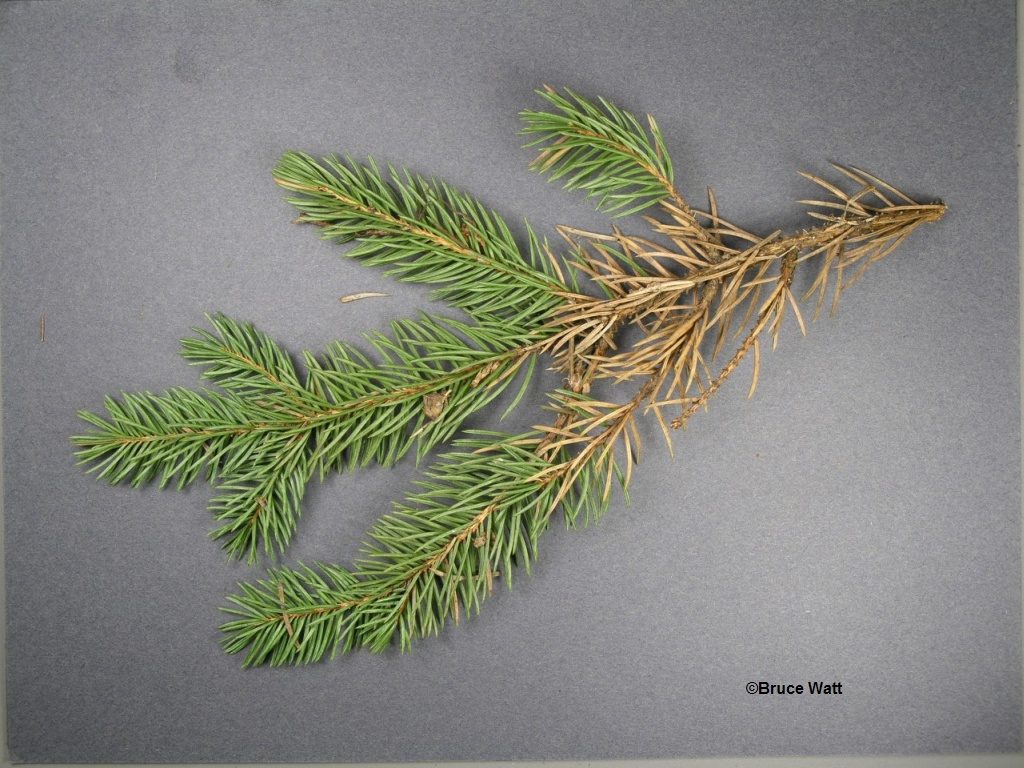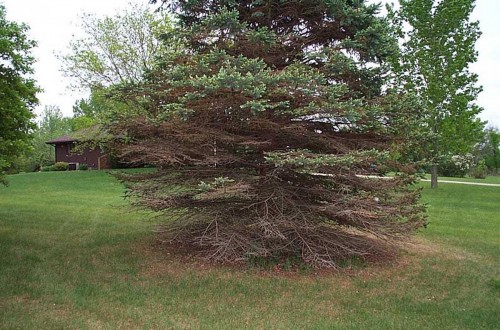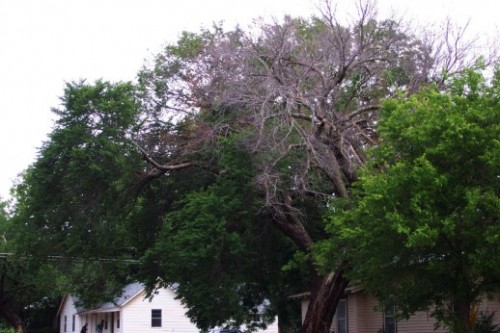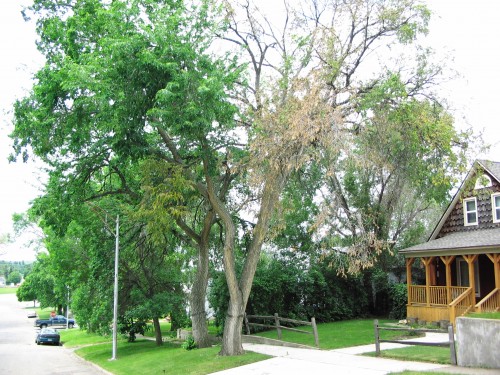
Pests
At Forester Tree Service we take an Integrated Pest Management (IPM) approach to protect trees and shrubs on our clients’ properties. IPM is designed to make certain we achieve our goal of suppressing pest problems while minimizing negative environmental impacts.
Trees in urban environments provide many benefits to our communities. However, an urban setting isn’t always the most conducive environment for a tree to thrive i.e., confined root space, salt, competition for water, compacted soil, and pollution to name a few.
These abiotic stresses can damage a tree by themselves or cause a tree to become more susceptible to a pathogen or pest.
Treatment methods include:
– Spray Application
– Soil Application
– Trunk Injection
Emerald Ash Borer
Emerald ash borer, native to Asia, was first discovered is Michigan in 2002, and has since killed millions of ash trees in neighboring states. On its own, emerald ash borer is suspected of traveling only up to 15 miles a year; however, due to transporting firewood and cargo, humans have been determined to be the main reason for the rapid spread of the emerald ash borer and ultimately the devastation described above. Emerald ash borer was found in August of 2008 within Washington and Ozaukee counties. Since its initial discovery, it has also been found in Milwaukee County, Oak Creek, Franklin, and Western Wisconsin within the county of Vernon. Emerald ash borer has now been found in the city of Milwaukee. In a press conference, Tom Barrett, Mayor of Milwaukee, met with the public works Commissioner, and the Milwaukee Forestry Services Manager to declare a state of emergency concerning an imminent city-wide Emerald Ash Borer propelled by drought. Tom Barrett said, “treat them or remove and replace them with resistant-type shade trees before they become infested with emerald ash borer.”
Affected Trees: all known ash species
Noticeable signs
Common signs of emerald ash borer tend to show:
- Die back within the top 1/3rd of the canopy as well as suckering along the trunk can be a sign of an emerald ash borer infestation. 30 to 50% of canopy dieback can be expected within two years of infestation.
- S-shaped larvae galleries can range from 4-20 inches in length, expanding in width as the Larvae grow in size. Look for small vertical splits in the bark along twigs and trunk. D-shaped exit holes, approximately 1/8th inch in diameter, will appear on the trunk after first year of infestation.
- A bronze to golden green body and a metallic emerald green wing cover can identify an adult borer. Their abdomen is metallic purplish to red.
- Emerald ash borers will range anywhere from ¼ inch to ½ inch in length. After their larvae state, they remain in the pupal chamber until may to mid august and then feed and reproduce depositing pre-pupa larvae to overwinter in the bark or outer sapwood.
Treatment/Management
On a preventive basis ash trees can be protected from emerald ash borer infestations with a trunk injection of TREE-äge for up 2 years with a 99% success rate. TREE-äge can also be used as a treatment for post infestation as long as there isn’t more than 40% dieback within the canopy. However, the consequence of any significant amount of canopy decline can seriously affect the life expectancy of a tree.
If the diameter of a tree is more than 12”, we recommend a biannual TREE-äge trunk injection at the proper dosage per diameter inch. However, if it is less than 12” in diameter, we recommend an annual insecticide soil injection of Xtect or Merit. Soil injections for EAB can be performed in spring or fall.
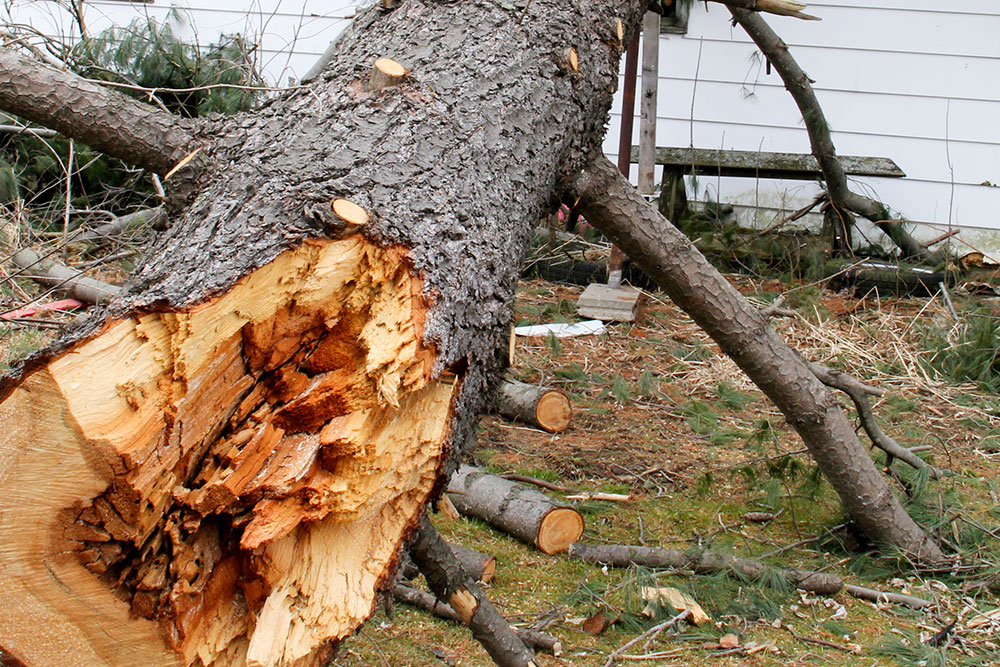
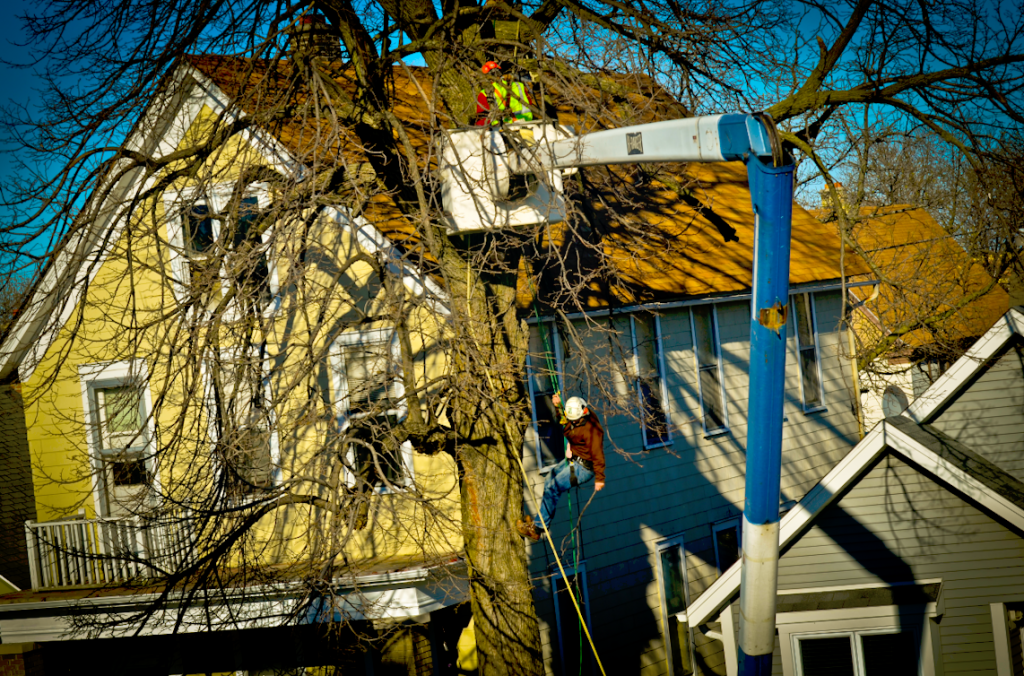
Bronze Birch Borer
Bronze birch borer Agrilus anxius is native to North America and is considered a serious pest to Species of birch. Some Birch trees are more resistant to bronze birch borer. Bronze birch borer is really considered a secondary problem. The pest usually attacks trees that are stressed or weakened from disease, drought, mechanical injury, poor planting site…therefore vigorous healthy trees are more unlikely to be considered a viable host.
Affected trees: White, Paper, European white birch as well as many other species of birch
Noticeable Signs
Common signs of bronze birch borer tend to show:
- Thinning or branch dieback within the upper third of tree is an initial sign of a bronze birch borer infestation.
- Leaves on an infested tree may appear smaller than usual and brown along the edges in late May or June.
- Bronze birch borer’s leave small 1/8 inch d-shaped exit holes as they emerge in adult form sometime between May-July.
Treatment/ Management
Larvae from bronze birch borers pupate in late spring and emerge from the tree as adults sometime May through July. Females typically only live for 3 weeks and deposit their eggs within cracks or loose bark of a tree. The eggs hatch within two weeks as larvae and burrow into the tree to feed on inner bark and outer wood layers sometimes until late fall.
From a preventive standpoint, we recommend treating bronze birch borer with an annual soil injection of Imidacloprid in fall as the larvae feed. If the problem is identified in spring to early summer, a three application foliar spray can be used in conjunction with a fall soil injection.
